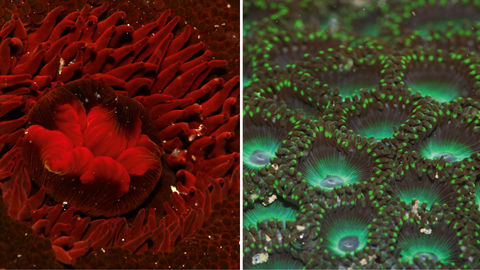
The next time you travel to a coastal destination in India, set aside a few hours to get acquainted with the stunning marine civilisations that hide in plain sight. Text by Sejal Mehta & Abhishek Jamalabad
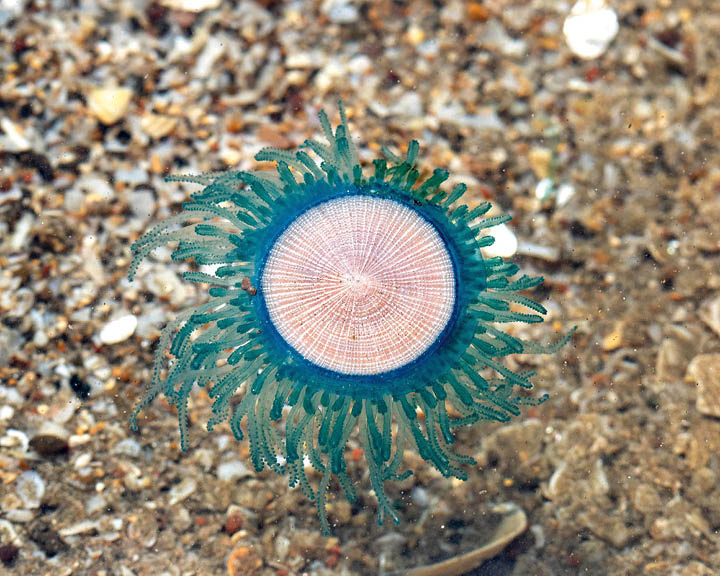
India’s 7,500-kilometre coastline is a world unto itself. While it’s the meeting point of land and sea and enables livelihoods, it is also home to diverse wildlife that you have probably never stopped to witness. Coastal areas have a special safari option that few travellers know about: the intertidal zone. It’s the stretch of land that’s above water level only at low tide. Usually, we experience the beauty of beaches at high tide, when waves swell, rise, and crash against the shore. But when the tide retreats, it uncovers the coastline’s hidden treasures. As the water rushes back into the sea, a secret ecosystem of marine life reveals itself. Octopuses, jellyfish, corals, sea anemones, crabs, and many more creatures—feeding, hunting, mating, or just resting—grant us a sneak peek into their lives for a brief window at low tide. On a rocky shore, you’ll see small basins of water left behind, forming tide pools. Hence, the activity of looking into these pools for marine creatures is called ‘tidepooling’. Is each shore the same? Well, no. Through this visual story, you stroll down sandy beaches, navigate rocky shores, as well as slush through muddy intertidal areas—in different regions of India. All these spaces are living, breathing homes for thousands of creatures. Tidepooling is a rewarding wildlife experience; you’re literally in a creature’s house. But remember that it is probably in the middle of an activity—creatures you meet here are predator or prey, building homes, or making babies. Tread carefully, for they’re far tinier than you think and can get hurt easily. Another important thing to keep in mind: do not pick them up; it causes them needless trauma. Besides, there are venomous animals as well, and something that looks beautiful and harmless could lead to a lot of pain if trifled with. This visual exploration of tide pools across India’s coastline shows you what you might encounter if only you know where to look. Happy tidepooling!

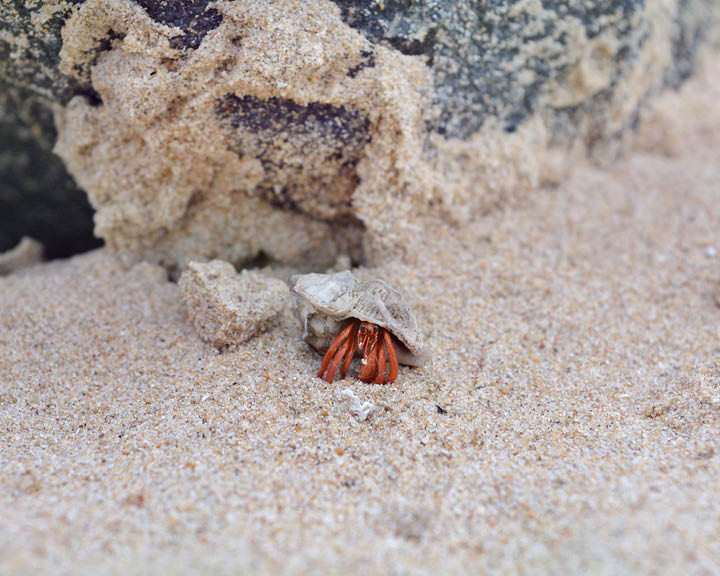
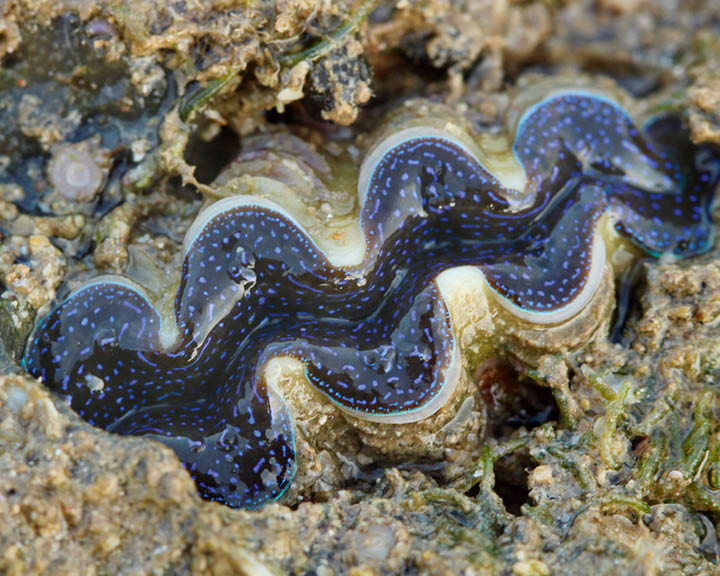
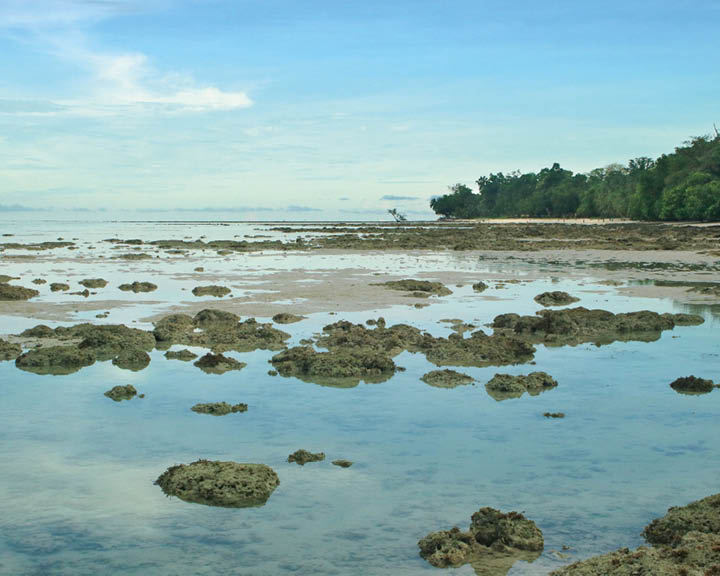

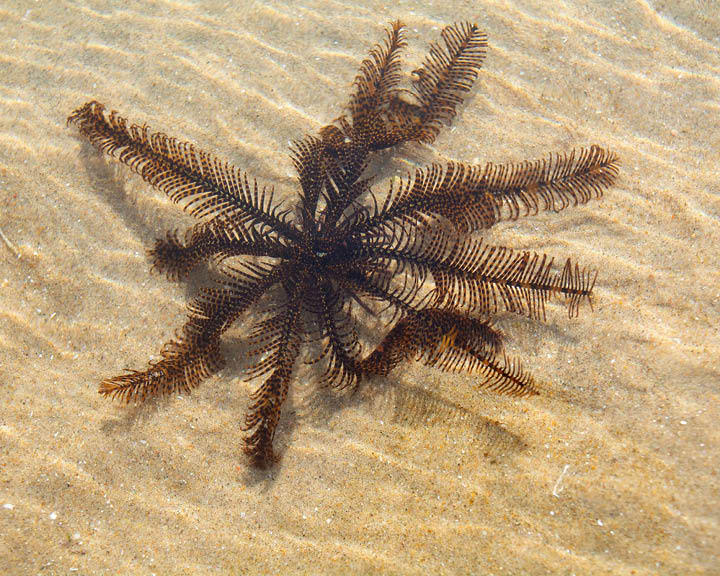
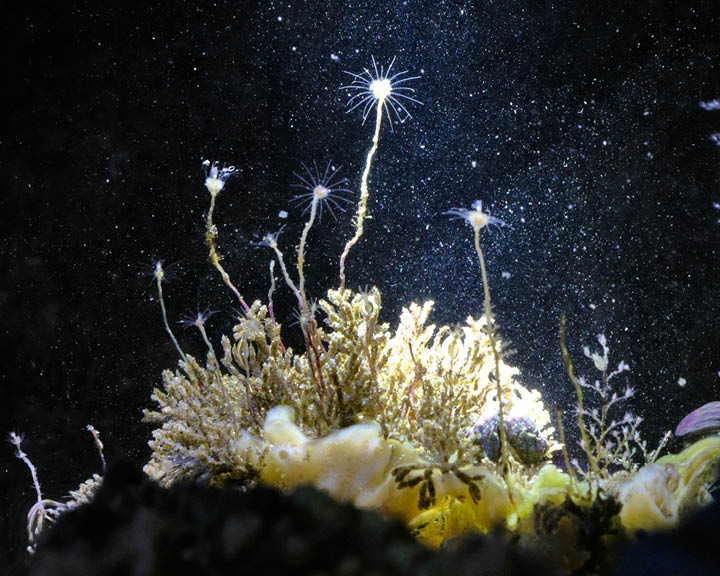

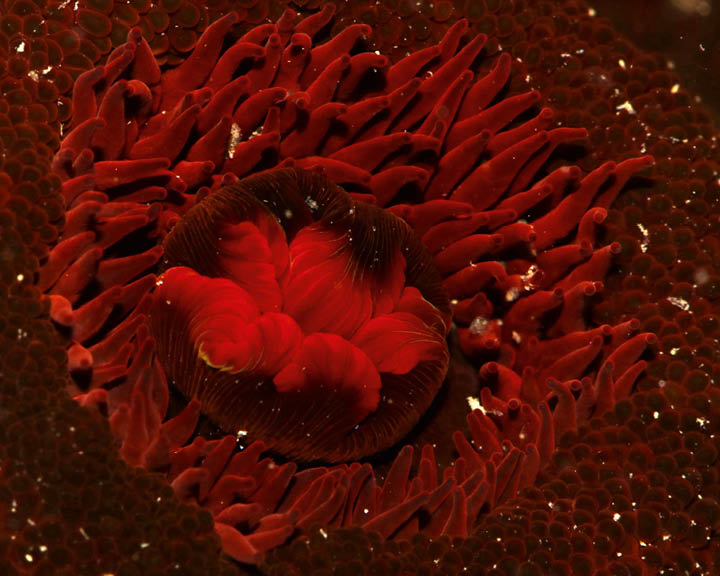

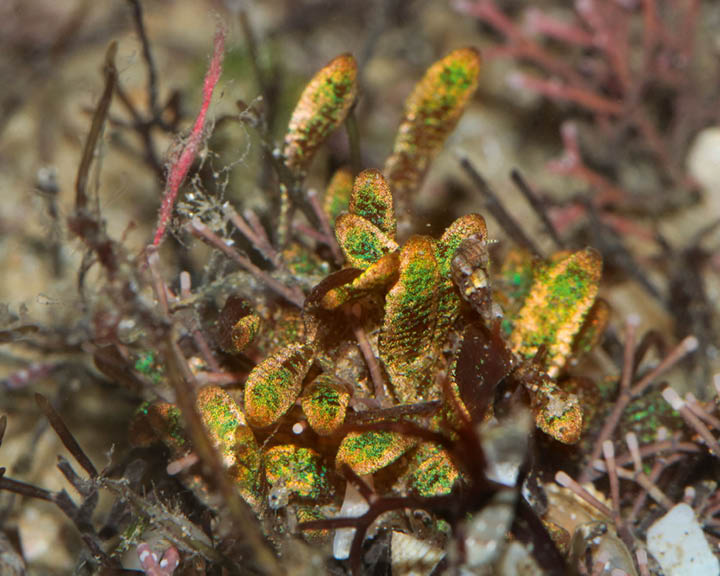
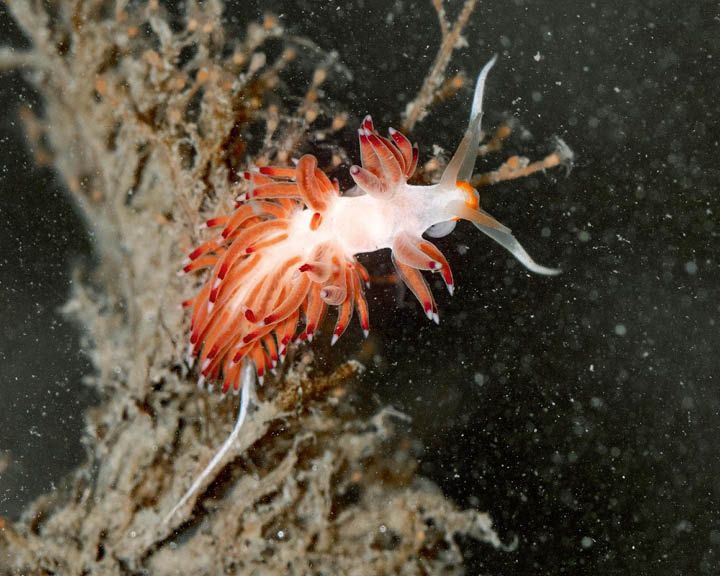
Related: Discover Galápagos Islands Through The Lens Of Dr Latika Nath










